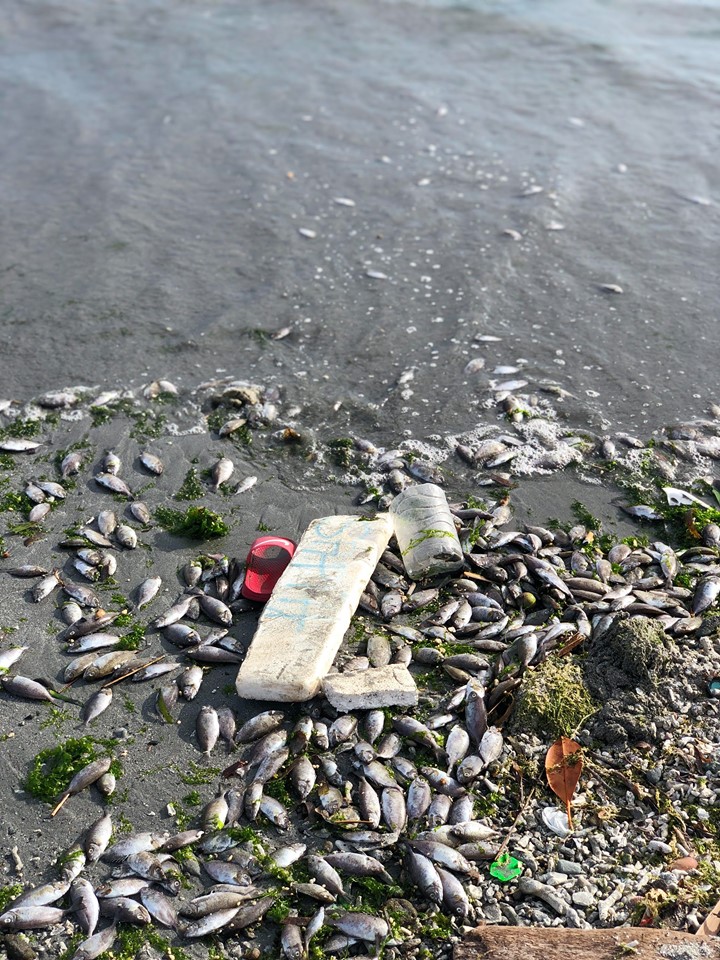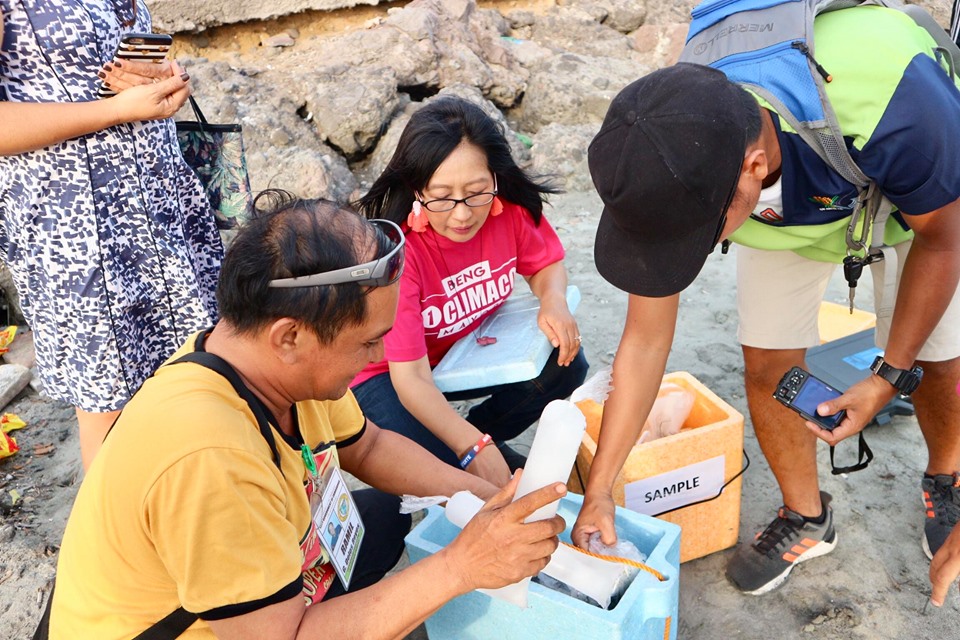ZAMBOANGA CITY – Thousands of dead fish were washed ashore in the southern Philippine port city of Zamboanga and is suspected to have died from lack or low level of dissolved oxygen, officials said Thursday.
Mayor Maria Isabelle Climaco Salazar has dispatched a team of experts from the Office of the City Agriculturist headed by Carmencita Sanchez; the Office of the City Environment and Natural Resources led by Rey Gonzales, and members of the Bureau if Fisheries and Aquatic Resources (BFAR) to investigate the fish kill which occurred late Wednesday afternoon.



Salazar also inspected the shorelines and ordered the immediate clean-up of the area and warned villagers against consuming the dead fish, mostly rabbitfish or spine foot fish locally known as “danggit,” saying the team of experts were still processing water samples and fish taken in the western coastline.
She also prohibited residents from swimming in areas where the fish kill occurred until it is declared safe.
“The public is advised not to swim or pick dead fish where authorities spotted thousands of dead danggit floating in the waters. The BFAR, through Charlie Repana, (the technical manager of the Chemistry Unit) has gathered samples of the fish and water for laboratory tests to determine the exact cause of the fish kill.”
“The lab test results are expected tomorrow, though initially the BFAR said dissolved oxygen level concentration brought about by the dry spell and the sudden rain the other day, might have caused the major fish kill,” Salazar said.
El Niño weather phenomenon was also blamed for many fish kills across the country and aggravated by the red tide or algal blooms, especially in Davao Occidental and Oriental, Surigao, Samar and Bohol provinces.
According to the Philippine Journal of Science, over the past decades, frequent El Niño events have been observed and pose a great threat to biodiversity. It said El Niño-affected factors involved ocean-atmospheric interactions such as sea surface temperature, salinity, nutrient availability, precipitation rate, and ocean currents, precipitation rate, and tropical typhoons.
As a result, changes in these factors influenced marine organisms leading to increased phytoplankton biomass and widespread coral bleaching, and possibly resulting to fish kills, occurrence of seaweed diseases and threats to marine mammals. (The Zamboanga Post)
Thank you so much for visiting our website. Your small donation will ensure the continued operation of the Mindanao Examiner Regional Newspaper. Thank you again for supporting us. BPI: 952 5815649 (BOPIPHMM) Landbank: 195 113 9935 (TLBPPHMM)



